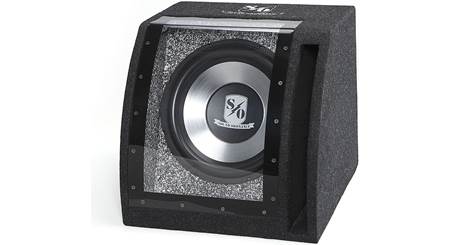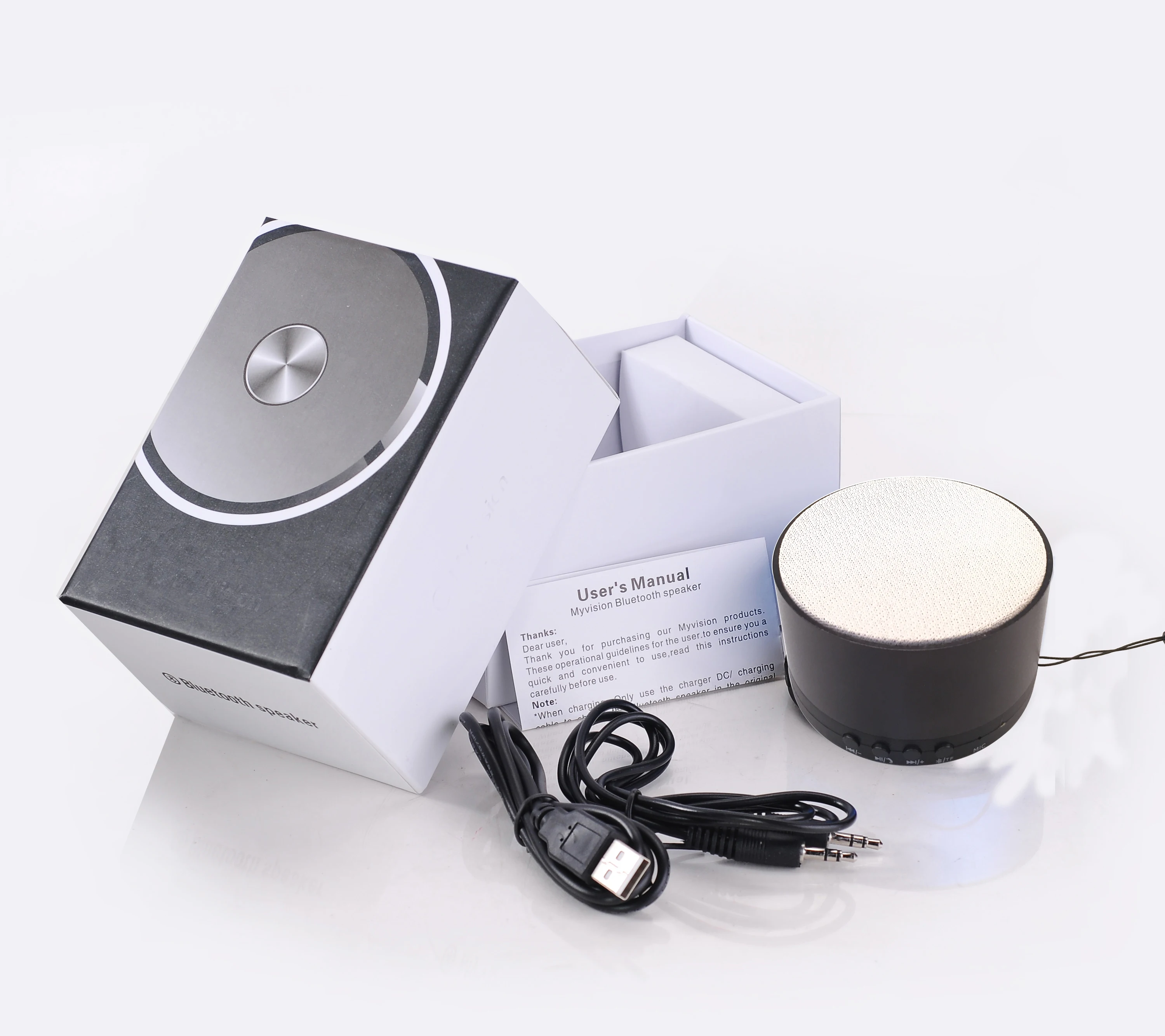


This was the most time consuming step on my part, all the printed parts had to be finished off to get rid of those pesky layer lines and give a nice smooth finish.įirst you need to use some CA glue to stick part 1 and 2 together ( Align the small hole on part 1 with the angled hole on part 2 ) to form the top of the tweeter enclosure and then part 4 and 6 to form the top of the woofer enclosure. Now that the machines did all the heavy lifting it's time to put in some elbow grease. The last piece ( number 9 ) was printed using TPU to give it a nice soft base but if you don't have some TPU available you can just stick some rubber feet on the bottom to prevent any unwanted rattling. I printed using a 0.6-0.8mm nozzle, no supports are needed on any of the parts and the larger pieces can be printed with a brim if you have problems with warping. I recommend using ABS or PETG filament to print all the parts as my first attempt was in carbon fibre PLA and after I accidentally left it on the table in front of a window it got a of shape. The maximum size is 160mm x 160mm so most 3D printers should be able to print all the necessary parts.
#SPEAKER ENCLOSURE DESIGN GUIDELINES FREE#
In the future I will be adding additional files to support a wider range of speaker drivers, feel free to leave me a comment if you would like me to make one to fit your parts. This step will take the longest luckily a machine will be doing it all for you.oh what a time to be alive!Īll the printed parts needed for the speaker was made in TinkerCAD and is very simple to modify to fit your own components.


 0 kommentar(er)
0 kommentar(er)
